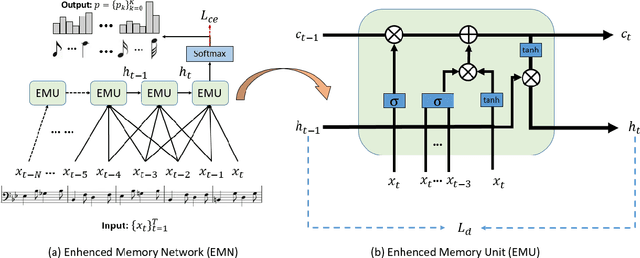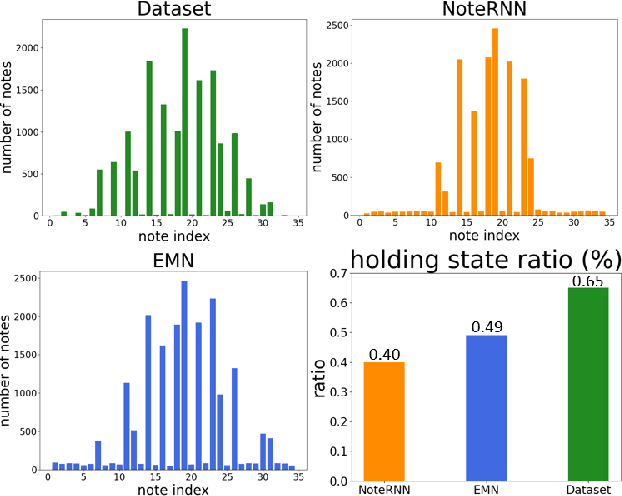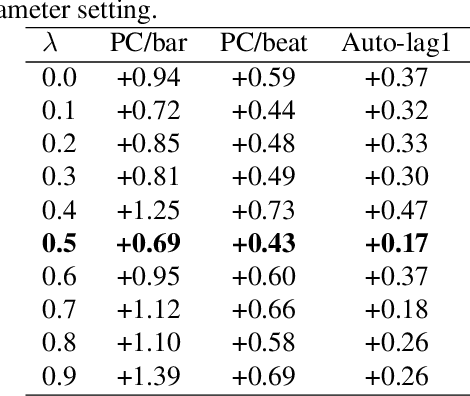Haibin Liu
On Trustworthy Decision-Making Process of Human Drivers from the View of Perceptual Uncertainty Reduction
Oct 15, 2022



Abstract:Humans are experts in making decisions for challenging driving tasks with uncertainties. Many efforts have been made to model the decision-making process of human drivers at the behavior level. However, limited studies explain how human drivers actively make reliable sequential decisions to complete interactive driving tasks in an uncertain environment. This paper argues that human drivers intently search for actions to reduce the uncertainty of their perception of the environment, i.e., perceptual uncertainty, to a low level that allows them to make a trustworthy decision easily. This paper provides a proof of concept framework to empirically reveal that human drivers' perceptual uncertainty decreases when executing interactive tasks with uncertainties. We first introduce an explainable-artificial intelligence approach (i.e., SHapley Additive exPlanation, SHAP) to determine the salient features on which human drivers make decisions. Then, we use entropy-based measures to quantify the drivers' perceptual changes in these ranked salient features across the decision-making process, reflecting the changes in uncertainties. The validation and verification of our proposed method are conducted in the highway on-ramp merging scenario with congested traffic using the INTERACTION dataset. Experimental results support that human drivers intentionally seek information to reduce their perceptual uncertainties in the number and rank of salient features of their perception of environments to make a trustworthy decision.
Enhanced Memory Network: The novel network structure for Symbolic Music Generation
Oct 07, 2021



Abstract:Symbolic melodies generation is one of the essential tasks for automatic music generation. Recently, models based on neural networks have had a significant influence on generating symbolic melodies. However, the musical context structure is complicated to capture through deep neural networks. Although long short-term memory (LSTM) is attempted to solve this problem through learning order dependence in the musical sequence, it is not capable of capturing musical context with only one note as input for each time step of LSTM. In this paper, we propose a novel Enhanced Memory Network (EMN) with several recurrent units, named Enhanced Memory Unit (EMU), to explicitly modify the internal architecture of LSTM for containing music beat information and reinforces the memory of the latest musical beat through aggregating beat inside the memory gate. In addition, to increase the diversity of generated musical notes, cosine distance among adjacent time steps of hidden states is considered as part of loss functions to avoid a high similarity score that harms the diversity of generated notes. Objective and subjective evaluation results show that the proposed method achieves state-of-the-art performance. Code and music demo are available at https://github.com/qrqrqrqr/EMU
 Add to Chrome
Add to Chrome Add to Firefox
Add to Firefox Add to Edge
Add to Edge